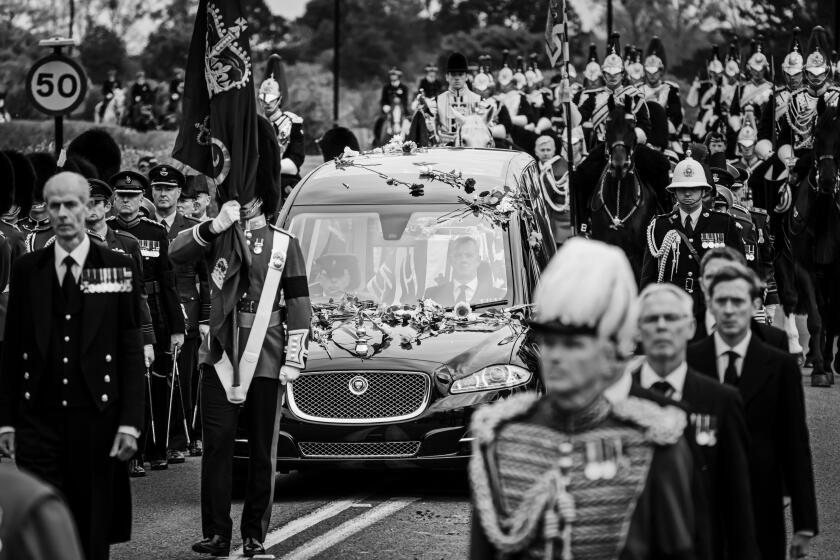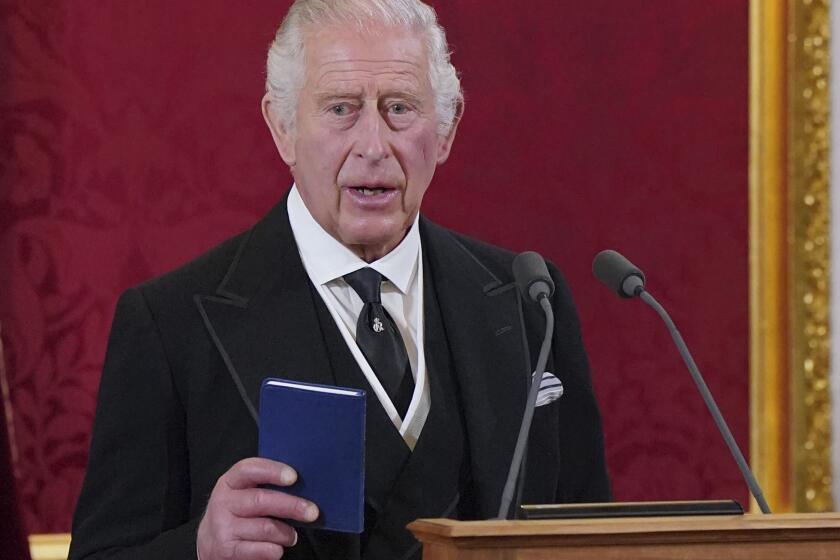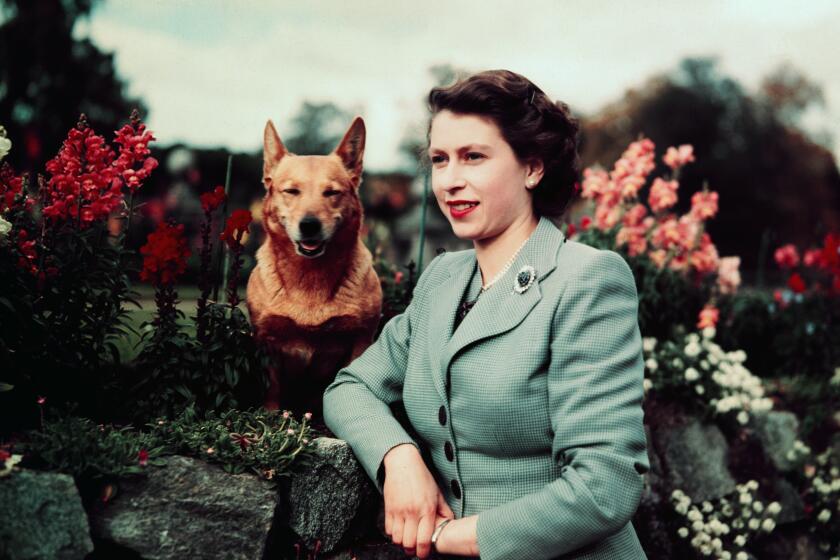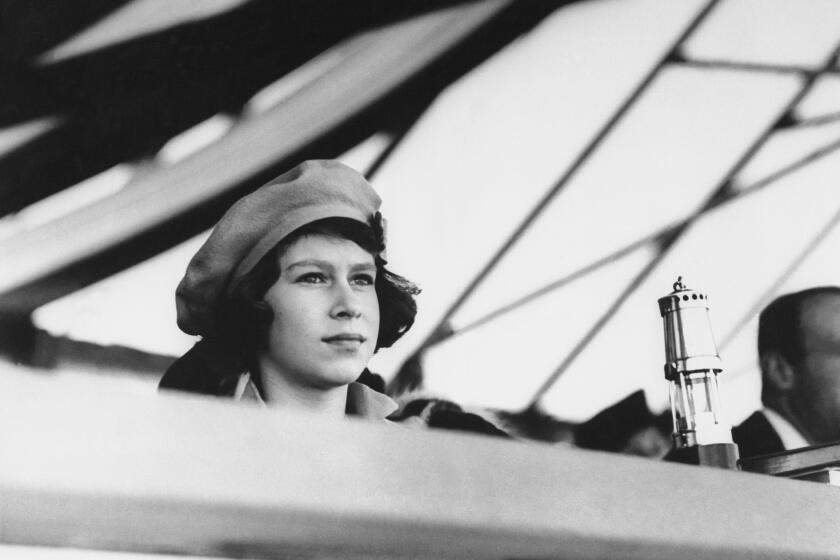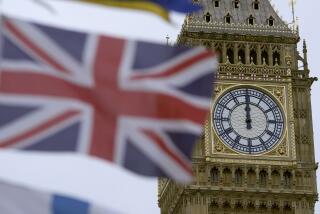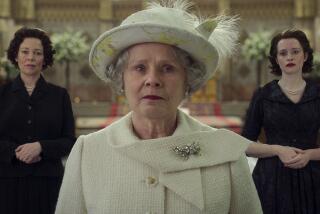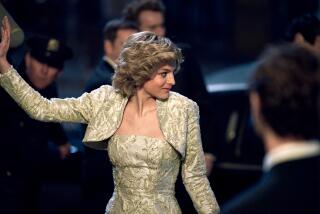After Queen Elizabeth II, itâs a long line of kings. Will that matter?
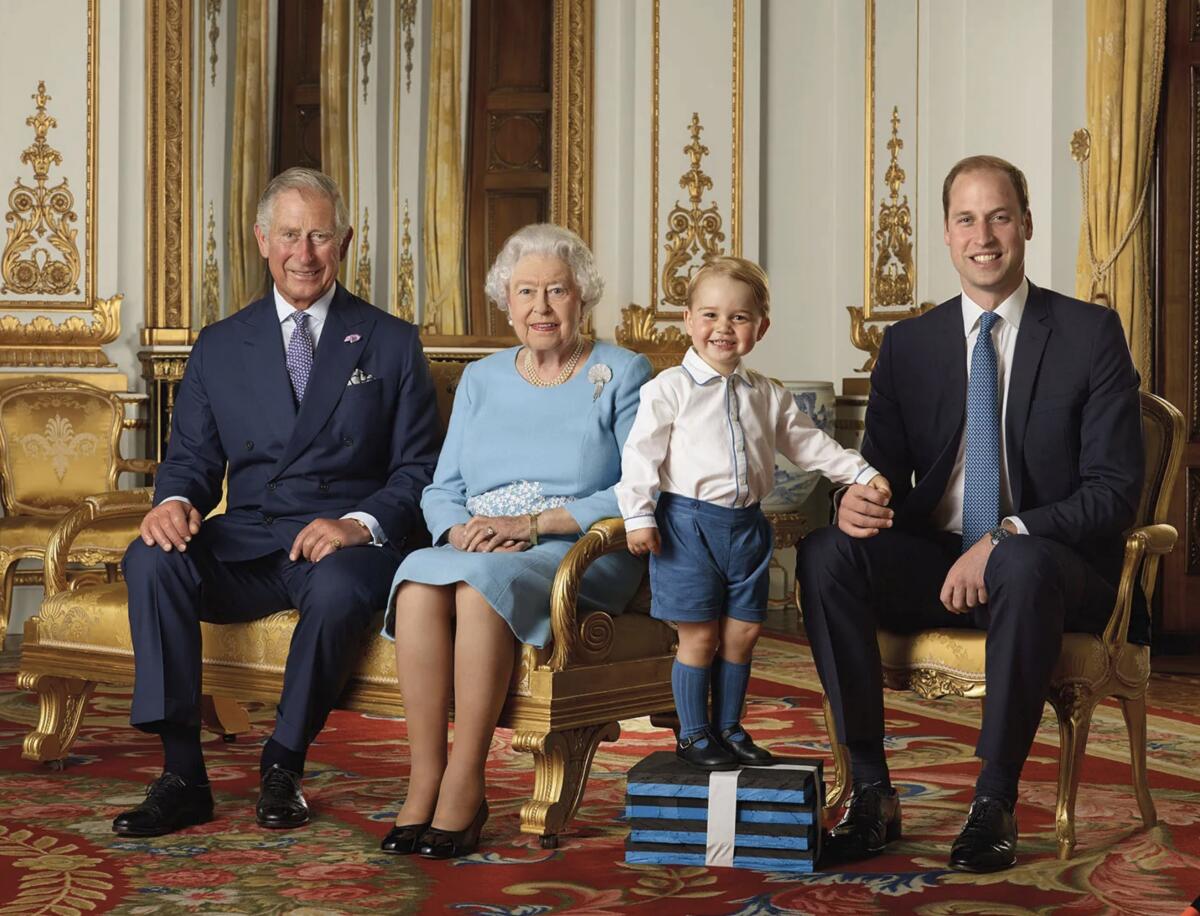
LONDON â Itâs reigning men! Hallelujah?
Whether you like it or not, thatâs the forecast for this sceptered isle for the next 75 years or so.
As Britain mourns Queen Elizabeth II and ushers in the era of King Charles III, a relatively overlooked fact is that, barring accident or revolution, the United Kingdom is set to have a man rather than a woman on the throne deep into the 21st century, perhaps even into the 22nd.
Itâs a switch at the top whose effect could go beyond the novel sight of a royal 5 oâclock shadow. Britons now lamenting the loss of a woman many describe as the nationâs grandmother may find themselves adjusting their expectations of how their monarch ought to behave, or modifying their own ideas of gender roles.
Elizabeth â or as Charles called her, âdarling Mamaâ â ruled Britannia for a record-shattering 70 years, longer than any of her predecessors and, in all probability, any of her successors. Most people in this country have known no other sovereign, nor uttered anything besides âGod save the queenâ during ceremonial toasts and renditions of the national anthem, nor used stamps or currency with anyone elseâs portrait.
But now they have Charles, and after him the next two heirs to the throne are also male: his elder son, William, and Williamâs eldest child, George. (If they keep their given names as their regnal names when they take the throne, the younger two will eventually become William V and George VII.)
Los Angeles Times photographer Marcus Yam is on the ground in London to bring a visual perspective as Britain says goodbye to the queen.
âUnless something dramatic happens, such as someone abdicatesâ â which last occurred in 1936 â âor something tragic happens, we are going to have a series of kings for the coming decades,â said historian Catherine Pepinster, the author of a recent book on the monarchy.
In fact, if 9-year-old George lives as long as his illustrious great-grandmother, who died at 96, Britain will have a king until 2109 â and beyond, if his own firstborn is a boy.
Charles, 73, became Britainâs oldest-ever new monarch after serving the longest apprenticeship in history. He conceivably has a couple of decades ahead of him as king, judging by the longevity of his parents and his granny, Elizabeth the Queen Mother, who lived to be 101. (His father, Prince Philip, was 99 when he died last year.)
For obvious reasons, Charles canât project the feminine glamour that many associated with Elizabeth, particularly during the early years of her reign. Only 25 when she succeeded her father, King George VI, she was a young English rose who embodied the hopes of a people trying to recover from the brutal trauma of World War II.
Prince Harry and his wife, Meghan, the Duchess of Sussex, joined Prince William and Princess Kate at Windsor Castle to view floral tributes left by the public in honor of the queen.
âThe country was hoping for a better life, and here came a young woman with a young family,â said Hazel Adamson, an 89-year-old retiree who lives outside London and remembers standing in line for three hours to see George VIâs coffin in 1952. âIt was called the Elizabethan Era fairly early on because she was young, and perhaps we felt it was a new beginning.â
Photos routinely showed the queen decked in jewels â tiara, necklace, rings â that unmistakably bespoke majesty, especially in the midst of postwar rationing.
At the same time, Elizabeth herself had to battle gender expectations as she tried to navigate a male-dominated world of much older advisors, courtiers and politicians. Her first prime minister, Winston Churchill, was more than three times her age.
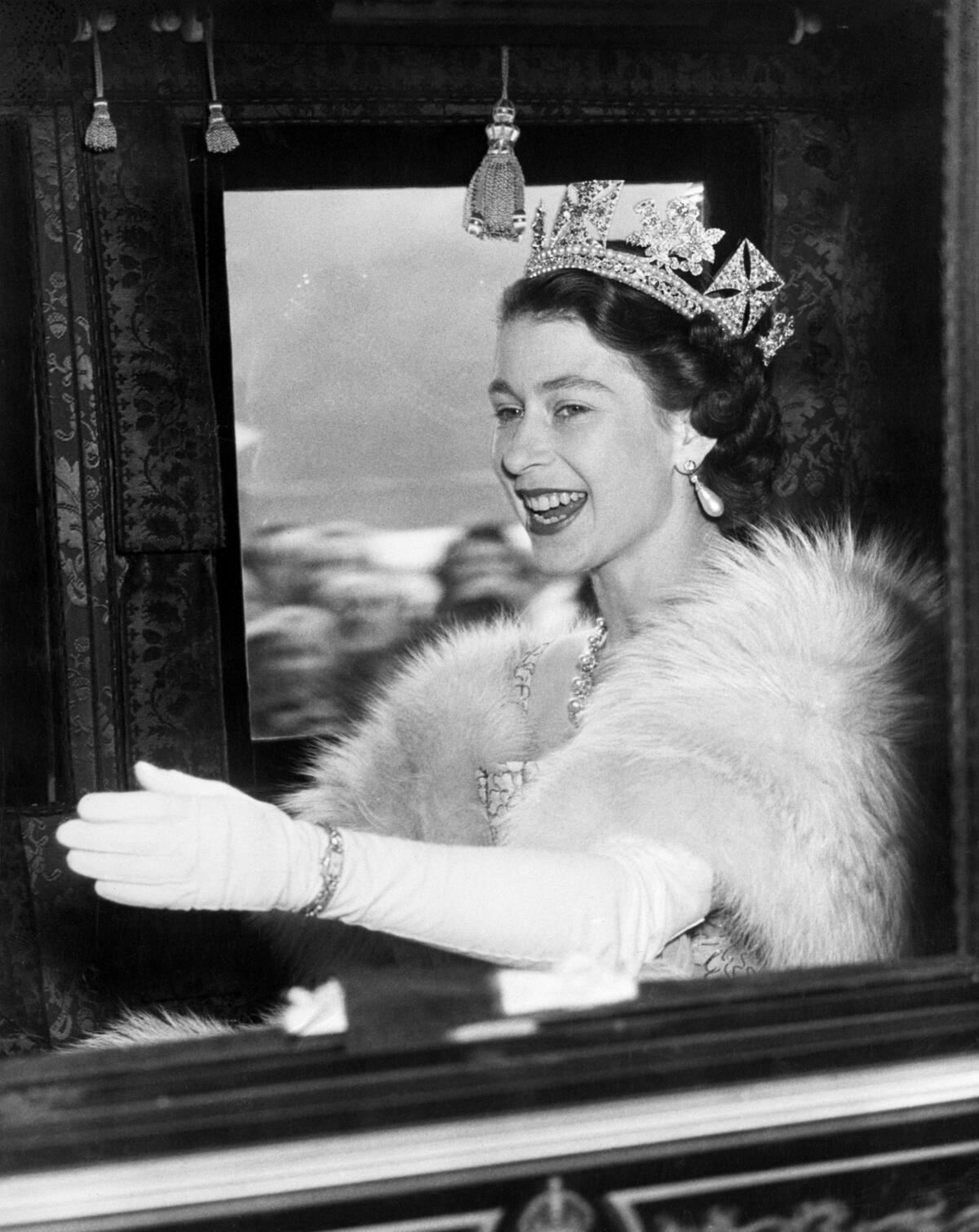
âThe order of the day was that men were in charge and women were subservient. It was in that atmosphere that she stepped up ⌠to take her place at the head of this nation and play a huge role on the world stage,â Harriet Harman, a veteran member of Parliament, reminded fellow lawmakers in a session last week devoted to fond reminiscences of the queen. âWhat determination and courage that must have taken.â
Although Charles wonât face the same grubby chauvinism that can still rear its head in British public life â even after a long-reigning queen and, as of this month, the countryâs third female prime minister â he may have to contend with a mirror-image challenge. He and his male successors inherit a monarchy that over the last seven decades has become identified with the more stereotypically feminine qualities attributed to his mother: nurturing, caring, conciliatory.
Fans of the Netflix series âThe Crownâ and the Helen Mirren movie âThe Queenâ know that Elizabeth didnât always exhibit those traits. In 1966, after an avalanche of coal slurry killed 144 people â most of them schoolchildren â in the Welsh mining village of Aberfan, she was criticized for waiting eight days before visiting the grief-stricken residents. In 1997, outrage greeted what seemed to be her heartless response to the death of Princess Diana, her former daughter-in-law, in a Paris car crash.
But those missteps have been glossed over in the fulsome tributes of recent days, which often referred to the queen in explicitly maternal terms.
Photos of Queen Elizabeth IIâs life and reign as British monarch.
âWe keep hearing that repeated: the matriarch, the grandmother of the nation. Gender does play into this narrative,â Pepinster said.
âThereâs been this trend in recent times for the monarch and the royal family to comfort the afflicted when thereâs some terrible tragedy,â she added. âAlthough [Charles] has been somebody whoâs gone off to disasters of different kinds, I donât think kings perform the function in that same way. Thereâs still a way that we feel women have that motherly touch and males donât bring that kind of emoting.â
By many accounts, however, the new king is a man full of passion for his causes and compassion for other people, well-suited to the role of consoler in chief.
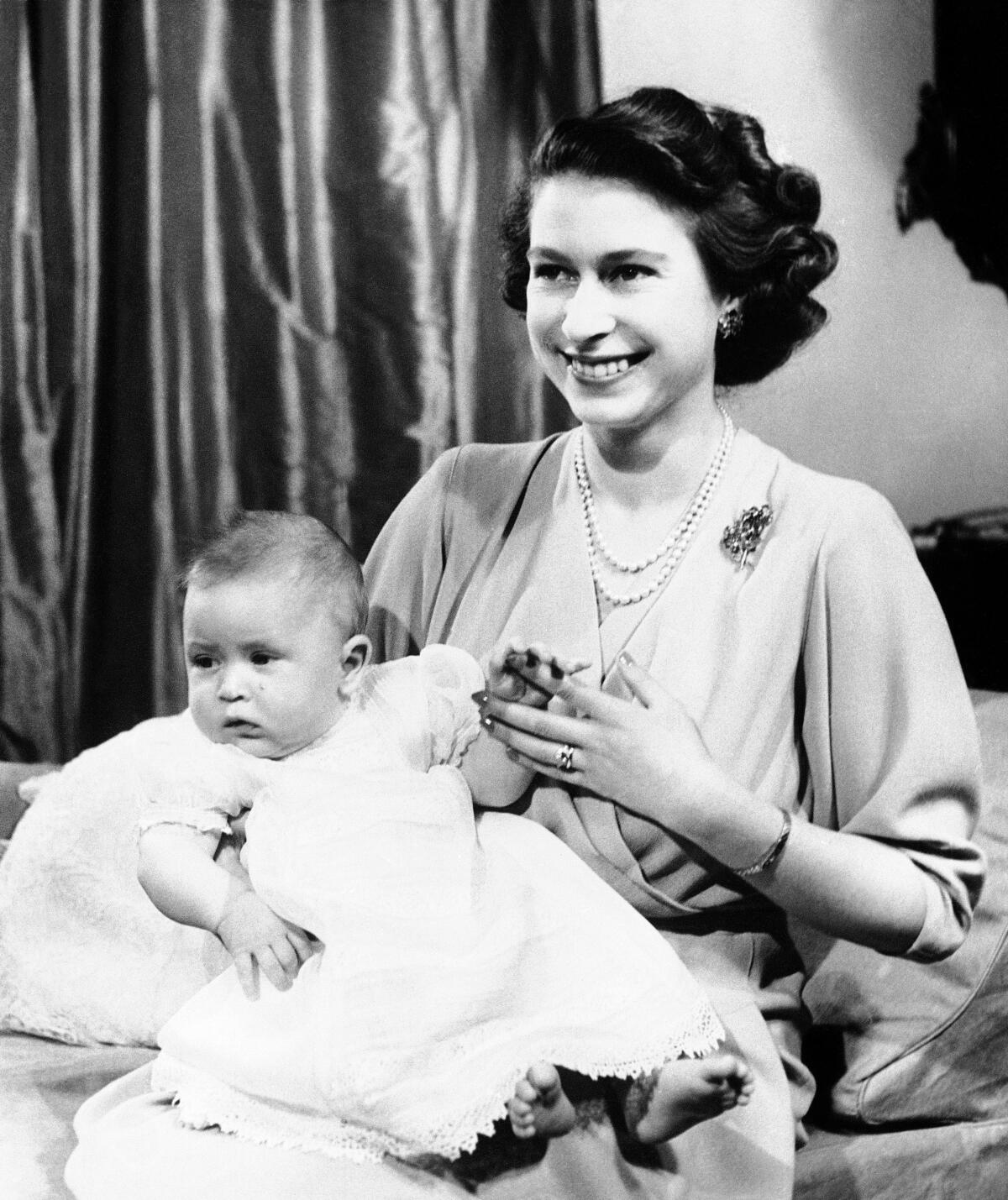
In his few days so far as monarch, heâs tried to show a warm and human side, allowing himself to be touched and even kissed by his subjects in a way that Elizabeth, despite her dazzling smile, didnât, carrying herself with what she thought a due measure of stately aloofness. When then-First Lady Michelle Obama slung her arm around her hostess during a visit to Buckingham Palace in 2009, royal watchers gasped at the temerity and the breach of protocol.
An ability to empathize will stand Charles â and eventually his son and grandson â in good stead amid the shift in modern perceptions of monarchy that his mother helped crystallize, according to royal historian Robert Lacey.
Gone are the days when kings were martial, hyper-masculine figures expected to lead their soldiers into battle. In constitutional systems like Britainâs, they donât even hold any political power but serve primarily as figureheads, which means that the âcaring, motherly functionsâ of the monarchy, as Lacey put it, have become more important.
Start your day right
Sign up for Essential California for the L.A. Times biggest news, features and recommendations in your inbox six days a week.
You may occasionally receive promotional content from the Los Angeles Times.
âThe qualities people expect [in] a representative monarch are, in a way, better fulfilled by a woman than a man,â Lacey told the Los Angeles Times when George, Prince Williamâs son, was born in 2013. âRightly or wrongly, men are traditionally supposed to have firm and decisive opinions and actions, and that is not really appropriate in a man who has absolutely no power.â
Lacey added that both Charles and William have evinced âa tender, more feminine sideâ to their personalities compared with the stereotypically masculine behavior expected of men of Charlesâ fatherâs generation, and even of his own.
Charles will certainly have company as a king. With the exception of Denmarkâs Queen Margrethe II, all of the reigning crowned heads of Europe are now more likely to need Rogaine.
From her ambulance service during World War II to being the subject of a Beatles song, Queen Elizabeth II lived a remarkable, and long, life.
If nothing else, Charles would be well advised to think hard before deviating from his motherâs example, regardless of whether it was a âfeminineâ one, given that polls consistently showed her to be the most popular member of the royal family by far.
âShe really did her very best for the country, and I think people appreciated that,â said Joan Williams, 85, a retired music teacher who stood outside all night in central London to catch a glimpse of the queen on her coronation day in 1953. âHeâll probably do his best to follow in her footsteps, because the country loved her.â
More to Read
Sign up for Essential California
The most important California stories and recommendations in your inbox every morning.
You may occasionally receive promotional content from the Los Angeles Times.
